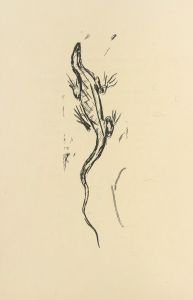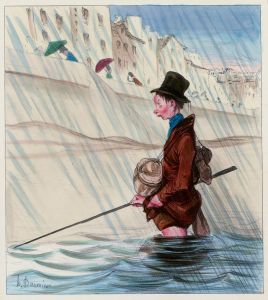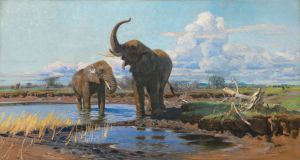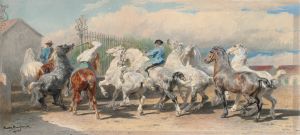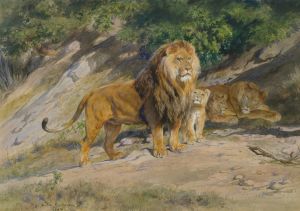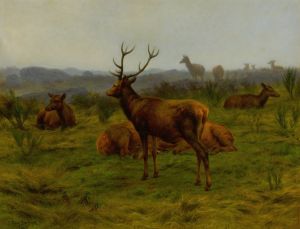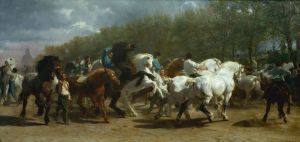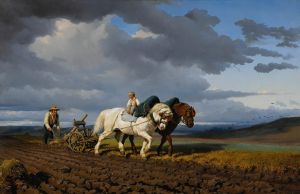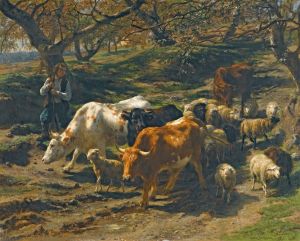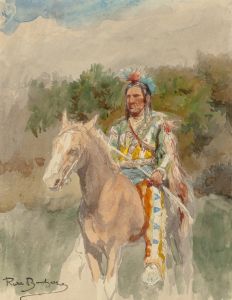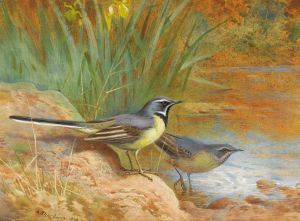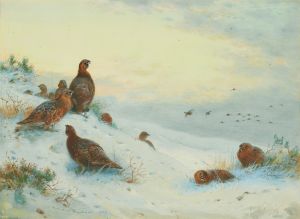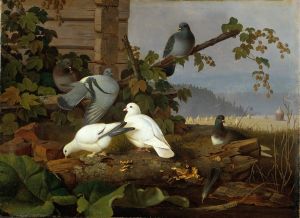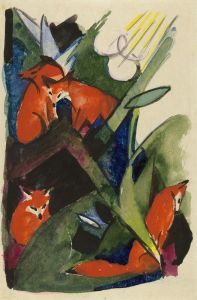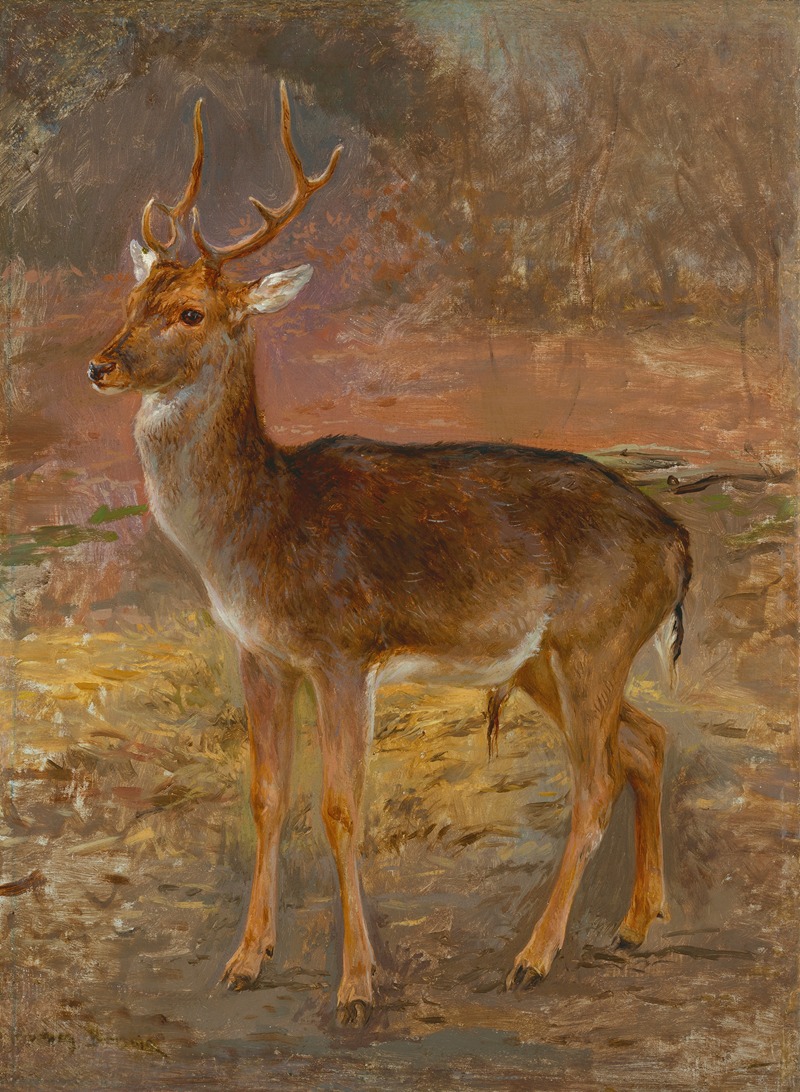
Cerf
A hand-painted replica of Rosa Bonheur’s masterpiece Cerf, meticulously crafted by professional artists to capture the true essence of the original. Each piece is created with museum-quality canvas and rare mineral pigments, carefully painted by experienced artists with delicate brushstrokes and rich, layered colors to perfectly recreate the texture of the original artwork. Unlike machine-printed reproductions, this hand-painted version brings the painting to life, infused with the artist’s emotions and skill in every stroke. Whether for personal collection or home decoration, it instantly elevates the artistic atmosphere of any space.
Rosa Bonheur (1822–1899) was a renowned French artist known for her realistic depictions of animals and rural scenes. She was one of the most famous female painters of the 19th century and broke many barriers for women in the arts. Bonheur's works are celebrated for their meticulous attention to detail and her ability to capture the essence of her subjects. Among her many paintings, "Cerf" is one that exemplifies her skill and dedication to animal portraiture.
"Cerf," which translates to "Stag" in English, is a painting that showcases Bonheur's expertise in depicting wildlife. Although specific details about this particular painting are not as widely documented as some of her other works, it is consistent with her broader oeuvre, which often focused on animals in their natural habitats. Bonheur's fascination with animals was evident from a young age, and she spent considerable time studying them in various settings, including slaughterhouses, livestock markets, and the countryside, to ensure accuracy in her work.
Bonheur's approach to painting was methodical and scientific. She often made numerous sketches and studies before completing a final piece. This dedication to preparation is evident in the lifelike quality of her paintings, where every muscle and movement of the animals is rendered with precision. In "Cerf," Bonheur likely employed this same technique, capturing the majesty and grace of the stag, a subject that symbolizes strength and natural beauty.
Rosa Bonheur's work was widely recognized during her lifetime, and she received numerous accolades for her contributions to art. In 1865, she was awarded the Legion of Honour by the French Empress Eugénie, making her the first female artist to receive such an honor. Her success was not only due to her talent but also her determination to pursue a career in art despite the societal norms that limited women's roles during her time.
Bonheur's paintings, including "Cerf," continue to be celebrated for their artistic merit and historical significance. They offer a glimpse into the 19th-century art world and the evolving role of women within it. Her works are housed in various museums and collections worldwide, ensuring that her legacy endures.
In summary, "Cerf" by Rosa Bonheur is a testament to her skill as an animal painter and her commitment to realism. While specific details about this painting may not be as widely known as some of her other works, it remains an important part of her artistic repertoire, reflecting her passion for capturing the natural world with accuracy and empathy.





